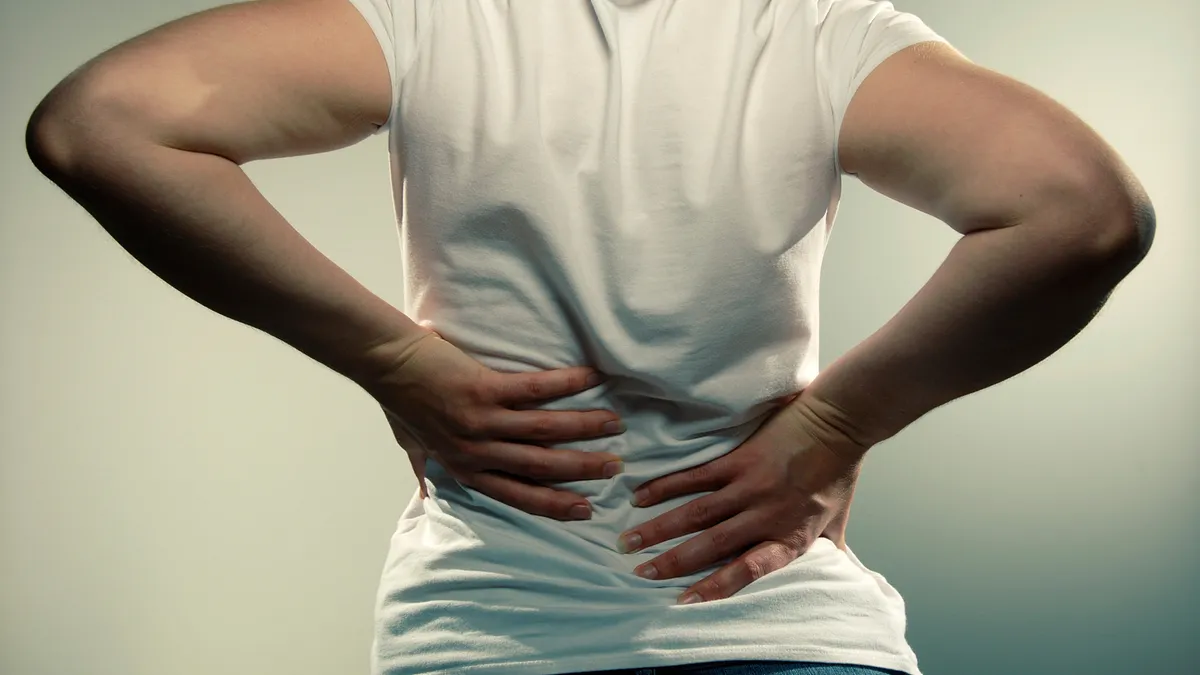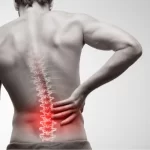For most people, back pain can be successfully managed through pain medication, getting adequate exercise, and in some instances, physiotherapy. However, if your symptoms do not improve, your pain might be due to a degenerative condition known as spinal stenosis. Spinal stenosis is the narrowing of the spinal canal that places pressure on the nerves along the spine.
Left untreated, spinal stenosis Jasper can lead to daunting complications. Therefore, if you suspect you have spinal stenosis, you should be aware of the warning signs so that you seek prompt care. Continue reading to learn more.
- Neurogenic Claudication
Neurogenic Claudication generally happens once the nerves in the lower back get compressed. With time, this compression can result in numbness and pain when standing, and walking. You might also experience discomfort when performing upright exercises, activities, and stretches.
Unfortunately, there is a prevalent misdiagnosis between neurogenic claudication and vascular claudication, as the latter shows similar symptoms. Nonetheless, there is a slight variation between the two. The surefire sign of neurogenic claudication is noticeable relief once you lean your spine forward.
- Sciatica
With compression of the nerve roots in the lower back, you might experience sciatica symptoms. Patients often describe these symptoms as nerve pain and weakness, often experienced in one leg at a time. Where the nerve root has compression will ultimately establish what part of your lower extremities are most affected.
For some patients, the discomfort might be in the back, thigh, and buttocks. However, for other persons, the pain might be in the leg, foot, or calf. Moreover, it is common to experience numbness, weakness, or tingling around the affected lower extremity if you have sciatica.
- Foot Drop
Spinal compression can happen in the L4 and L5 nerve roots within the lower spine. In such cases, you might notice a condition known as “foot drop.” This condition can cause weakness or inability to raise the foot upwards with the toes pointed upwards as well.
Moreover, S1 nerve compression can cause weakness or trouble walking on your tip toes. Foot drop should not be ignored. With time, this condition can cause you to stumble and fall and sustain an additional injury or health condition.
- Gait Issues
Spinal stenosis can affect walking in various ways based on its location on the spine. For instance, lumbar spinal stenosis can cause gait issues because of foot drop. The condition can also cause weakness in the leg and thigh muscles, such as the calves and quadriceps.
On the other hand, cervical spinal stenosis with spinal cord compression can cause trouble maintaining balance when walking, particularly in the dark. However, cervical spine stenosis with a pinched nerve does not result in gait problems. These changes are subtle initially, but worsen as the condition progresses.
- Loss of Fine Motor Skills
Spinal stenosis in the cervical spine can result in losing fine motor skills. For instance, you might experience trouble buttoning a shirt. In more advanced stages, you might struggle to write and even hold a pen.
You are also likely to experience radiating arm pain. Most patients report experiencing discomfort in both hands. It could also be accompanied by crawling, tingling, and numbness.
If you have experienced any of the symptoms highlighted above, do not wait to get treatment for spinal stenosis. Left untreated, spinal stenosis symptoms can be disruptive to your everyday life. An accurate diagnosis by a specialist is necessary to determine the underlying cause of spinal stenosis.
Based on the cause and severity, your specialist might suggest conservative treatments like pain medications, activity modification, and physical therapy. In some cases, minimally invasive treatments like epidural steroid injections might be recommended. Surgery is hardly advocated as the first treatment unless serious symptoms or neurologic issues exist.








